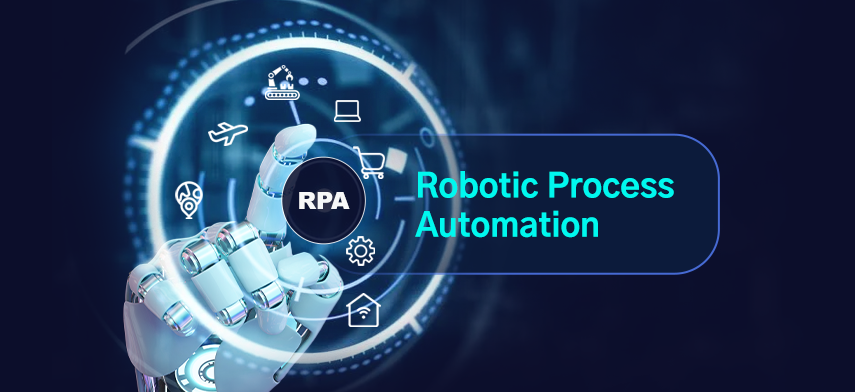In the rapidly evolving world of business technology, Robotic Process Automation (RPA) has emerged as a powerful tool for enhancing efficiency and productivity. RPA bots are revolutionizing how organizations handle repetitive tasks, allowing human employees to focus on more strategic activities. This article explores the concept of RPA bots, their benefits, and their applications across various industries.
What Are RPA Bots?
RPA bots, or software robots, are designed to automate repetitive, rule-based tasks that were traditionally performed by humans. These bots interact with digital systems and applications in the same way a human would, but with greater speed and accuracy. They use predefined rules and scripts to execute tasks such as data entry, processing transactions, and generating reports. By mimicking human actions, RPA bots can operate across multiple applications and systems without the need for deep integration or complex programming.
The Benefits of RPA Bots
The adoption of RPA bots offers numerous advantages for organizations. One of the primary benefits is increased efficiency. RPA bots can work around the clock without breaks, significantly reducing the time required to complete tasks. This leads to faster processing times and improved overall productivity. Additionally, RPA bots reduce the likelihood of errors that can occur with manual data entry and processing, resulting in higher accuracy and consistency in business operations.
Cost savings are another major benefit of RPA bots. By automating routine tasks, organizations can reduce the need for additional human resources, leading to lower labor costs. Furthermore, the scalability of RPA technology allows businesses to easily adjust the number of bots in operation based on their needs, providing a flexible and cost-effective solution.
Enhanced compliance is also a key advantage of RPA bots. These bots adhere to predefined rules and regulations, ensuring that processes are executed consistently and in accordance with organizational policies. This helps to minimize the risk of compliance issues and supports adherence to industry standards and legal requirements.
Applications of RPA Bots
RPA bots are versatile and can be applied across various industries and business functions. In the finance sector, for example, RPA bots are used for tasks such as processing invoices, managing accounts payable and receivable, and handling regulatory reporting. By automating these processes, financial institutions can streamline operations and improve accuracy.
In the healthcare industry, RPA bots assist with patient data management, appointment scheduling, and billing processes. They can also help with insurance claims processing and compliance reporting, reducing administrative burdens and allowing healthcare professionals to focus more on patient care.
The retail sector benefits from RPA bots in areas such as inventory management, order processing, and customer service. Bots can handle tasks like updating stock levels, processing orders, and responding to customer inquiries, leading to a more efficient and responsive retail environment.
Human resources departments also leverage RPA bots for tasks such as employee onboarding, payroll processing, and benefits administration. By automating these functions, HR teams can reduce administrative overhead and enhance the employee experience.
Challenges and Considerations
While RPA bots offer significant benefits, there are also challenges and considerations to keep in mind. One of the primary challenges is the initial investment required for implementing RPA technology. Organizations must consider the costs associated with acquiring and deploying RPA software, as well as the potential need for training and support.
Another consideration is the potential impact on the workforce. While RPA bots can reduce the need for manual labor, there may be concerns about job displacement. It is essential for organizations to address these concerns by providing opportunities for upskilling and reskilling employees to adapt to new roles that complement RPA technology.
Additionally, the successful implementation of RPA bots requires careful planning and governance. Organizations must ensure that bots are designed and tested thoroughly to avoid issues such as system errors or unintended consequences. Ongoing monitoring and maintenance are also crucial to ensure that RPA bots continue to operate effectively and deliver the desired results.
The Future of RPA Bots
As technology continues to advance, the future of RPA bots looks promising. Innovations such as artificial intelligence (AI) and machine learning (ML) are expected to enhance the capabilities of RPA bots, enabling them to handle more complex tasks and make intelligent decisions. This will further expand the potential applications of RPA technology and drive even greater efficiencies across various industries.
Conclusion
RPA bots are transforming the way organizations approach repetitive tasks and business processes. By offering increased efficiency, cost savings, and enhanced compliance, RPA bots are proving to be a valuable asset in today’s competitive business landscape. As technology evolves, the capabilities of RPA bots will continue to expand, providing new opportunities for businesses to optimize their operations and achieve greater success.



